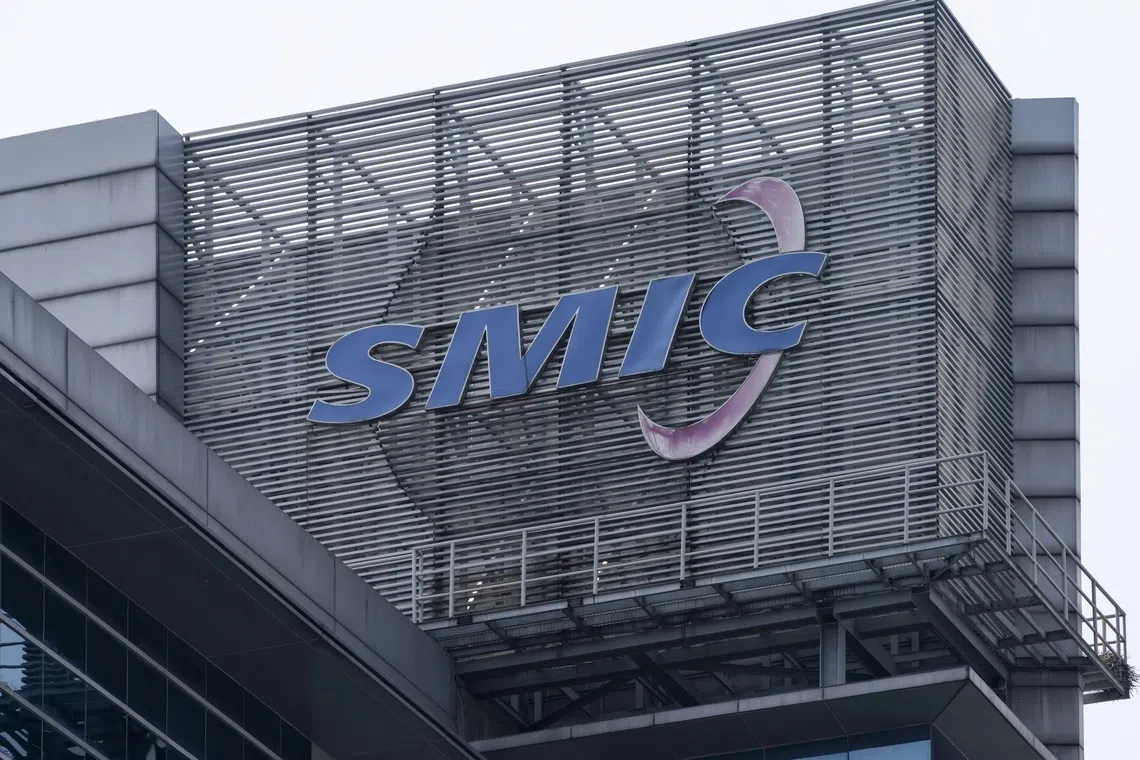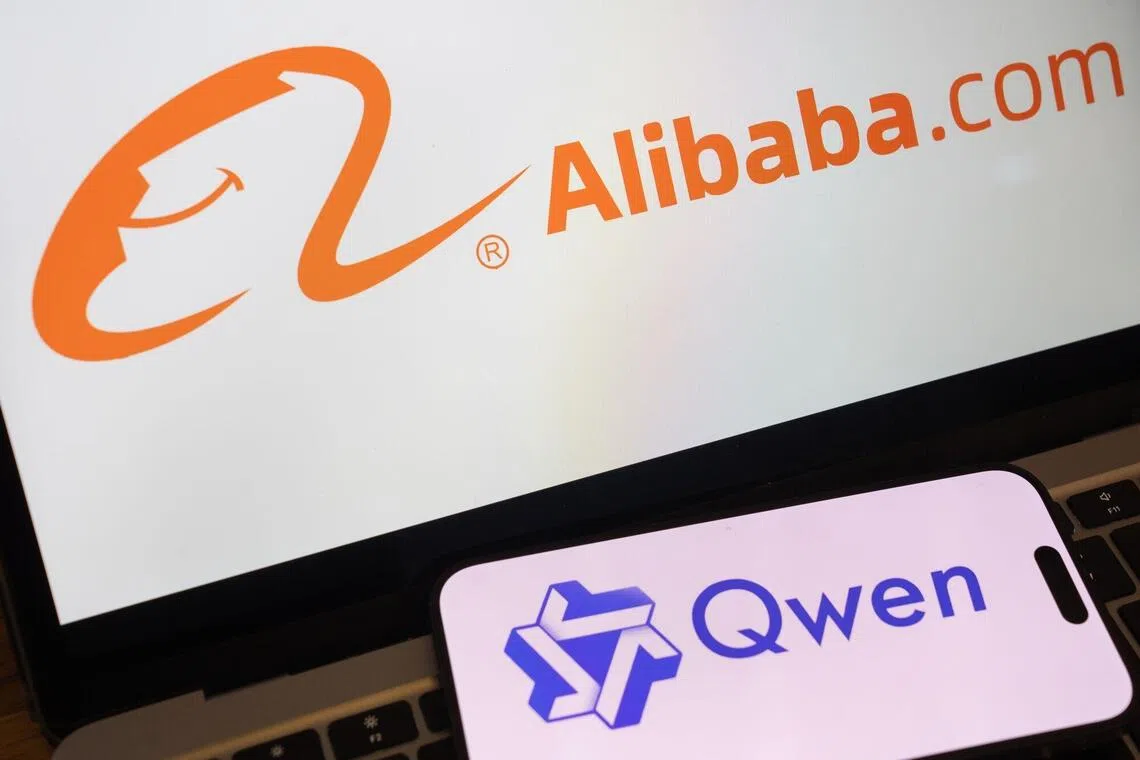Alibaba, BYD, Pop Mart: The winners and losers among SDRs on the SGX
SGX’s total SDR count grows to 29 securities across three markets as at November 2025


[SINGAPORE] Singapore Depository Receipts (SDRs) have recorded varying levels of trading activity since they first appeared on the local bourse two years ago.
These financial instruments enable investors to make purchases of foreign stocks of companies not listed on the Singapore Exchange (SGX) without having to deal with the complexities of buying shares on overseas bourses.
They do so by tracking the performance of companies listed on foreign exchanges, while trading in Singapore dollars, within local trading hours and according to domestic regulations.
SDRs first debuted on the SGX on May 29, 2023, with the launch of three blue-chip Thai names. They are all constituents of the SET50 index – a large-cap stock market index that reflects the 50 largest counters on the Thai stock exchange.
Since then, the SGX’s total SDR count has grown to 29 securities across three markets as at November 2025 – 10 SDRs from Thailand, 16 from Hong Kong and three from Indonesia.
Among the more notable Thai SDRs are CP All, a Thai convenience store operator that runs 7-Eleven outlets in Thailand and airport operator Airports of Thailand.
The Hong Kong SDRs boast various mega-cap names across the technology, consumer discretionary and financial sectors. They include Alibaba, Pop Mart, BYD and Ping An Insurance. The latest launch of three Hong Kong SDRs on Nov 12, 2025, feature Laopu Gold, Trip.com and Baidu.
Indonesia is the latest market to join the SDR line-up. Indonesian SDRs began trading on the SGX on Oct 16, 2025. They comprised three blue-chip names, Bank Central Asia, Telkom Indonesia and Indofood CBP, all of which are members of the benchmark IDX30 Index that tracks Indonesia’s top 30 stocks.
Across the different markets, Hong Kong’s SDRs had the highest October turnover at S$13.7 million, while Thai SDRs were a distant second at S$250,000 turnover and Indonesian SDRs had a S$100,000 turnover.
SEE ALSO
The Business Times takes a look at some of the biggest SDR winners and losers from July to October this year.
The winners

Delta Electronics from Thailand has been the biggest gainer from July to October this year, having posted SDR gains of a whopping 143 per cent.
In Q3 2025, the power and thermal management solutions provider announced an all-time record high in quarterly net profit, driven by demand in the artificial intelligence (AI) data centre sector.
The strong financials came after a stunning 50 per cent slump in its share price in the first three months of the year. That drop wiped out about S$40 billion of Delta’s market value, but its share price has since been boosted by AI optimism and even shrugged off a single-day 11 per cent drop in October stemming from market surveillance measures.

Somewhat further off has been Hong Kong-listed Semiconductor Manufacturing International Corporation (SMIC), a partially state-owned publicly listed Chinese pure-play semiconductor foundry. It experienced a 74 per cent SDR price increase from July to October, with October turnover coming in highest at nearly S$3 million.
The company said it foresees full-year revenue to cross US$9 billion, driven by strong demand and tight foundry capacity. Quarterly gross profit rose 17.7 per cent year-on-year to US$522.8 million.
However, it warned that Chinese companies are hesitant to place orders for early next year with SMIC due to uncertainty about being able to secure enough memory for their needs. In a post-earnings call, SMIC co-chief executive, Zhao Haijun, said that his company’s supply may not be enough to meet current demand.

Slightly further in third place has been Hong Kong-listed Chinese tech giant Alibaba, which has clocked a 53 per cent SDR price increase in the three months ended October. It, too, had strong October turnover, nearly reaching S$2 million.
On Monday (Nov 17), it launched Qwen, its new and free multipurpose AI-powered app, in what seems to be an attempt to directly compete with OpenAI’s ChatGPT. Qwen will also power the latest version of Singapore AI’s home-grown Sea-Lion LLM.
This followed a September reveal of plans to increase AI spending beyond 380 billion yuan (S$69.7 billion) to develop AI models and infrastructure over three years.
The announcement sent Alibaba’s Hong Kong shares climbing as much as 9.7 per cent to a four-year high, with chief executive Eddie Wu forecasting total AI investment to exceed US$4 trillion globally in the next five years.
The losers

One of the larger losers was Chinese electric vehicle (EV) giant BYD. Listed in Hong Kong, it had a 15 per cent SDR price drop from July to October even as its sales outside of China surge.
However, BYD has struggled in its home market and in September experienced its first year-on-year sales contraction since 2020. Competitors have been gaining market share, forcing the company to plan for 4.6 million cars sold in 2025, instead of 5.5 million.
Regulatory restrictions at home have been a key reason, with investors having taken a dim view of its September 32.6 per cent drop in quarterly profit by sending its shares falling 8 per cent. Warren Buffett’s investment company, Berkshire Hathaway, also sold its entire stake in the company, which caused a further 7 per cent decline.

Meanwhile, BYD’s new EV competitor and consumer electronics company Xiaomi’s SDR price has fallen 25 per cent in the three months ended October.
It has become one of the worst performing technology stocks in China as it faces difficulty in both the EV and mobile phone sectors. Its shares are almost 30 per cent down since September.
They fell 6.3 per cent to a six-month low on Nov 18 after it warned that a memory chip supply crunch will eat into smartphone margins, while reduced tax breaks for EVs will hit margins in that sector as well. Still, it had a 700 million yuan profit for its EV and AI division in the quarter ended Sep 30.

Labubu-maker Pop Mart had the worst SDR performance from July to October, with a 30 per cent price drop even as its October turnover was fourth-highest at S$1.6 million.
It comes as Bernstein analyst Melinda Hu on Nov 17 warned of a Beanie Baby-style collapse for its Labubu dolls. It follows a share price fall of more than 30 per cent from its August high, with Hu last week also warning of poor fourth quarter results.
The drop in share price has erased about US$20 billion in market value for Pop Mart, but Bernstein is the only brokerage out of more than 40 that holds an “underperform” rating, according to Bloomberg.
Decoding Asia newsletter: your guide to navigating Asia in a new global order. Sign up here to get Decoding Asia newsletter. Delivered to your inbox. Free.
Copyright SPH Media. All rights reserved.




